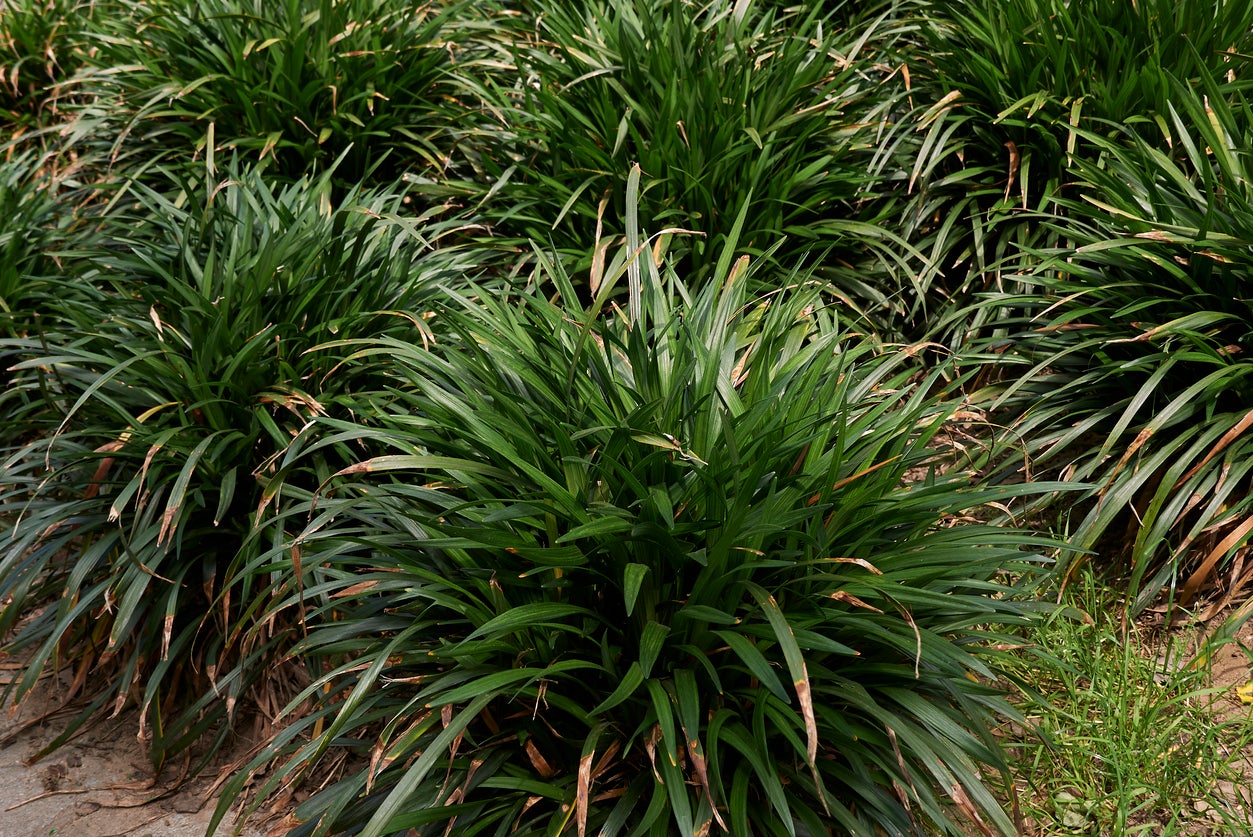Lilyturf Cold Tolerance: How To Care For Liriope In Winter


For many homeowners, the process of planning and planting flower beds can feel intimidating. Choosing which flowers to plant can be especially difficult when faced with issues such as shade, heavy or sandy soils, and steep slopes. However, some highly adaptable plants are able to thrive even in the most adverse conditions. Liriope, for example, is both easy to care for and suitable to a wide range of growth habitats.
Also known as lilyturf and sometimes monkey grass, liriope is a visually appealing and reliable ornamental plant for home landscapes, flower borders, and mass plantings. With a grass-like appearance, lilyturf plants produce a profusion of short white to lavender flower spikes. Once the blooming has completed, the spent flowers are removed and the vibrant evergreen foliage continues to grow throughout fall.
Lilyturf Winter Care
When it comes to lilyturf, cold tolerance is an important aspect. Though evergreen, liriope in winter will naturally enter into a stage of dormancy in which growth of the plant foliage ceases.
For the best results, homeowners will need to begin the process of winterizing liriope plants.
This should begin late in the winter growing season, before the new growth of the plant has resumed in the spring. To maintain lilyturf plants, growers can simply remove the plant’s foliage to the ground. When doing so, make certain not to damage the crown of the plant, as this may disturb the growth of foliage in the spring. As always, be sure to wear garden gloves and long sleeves when performing plant maintenance to avoid allergic reactions or skin irritation.
Once the plants have been trimmed back, be sure to clean up and remove the dead foliage from the garden to help prevent disease among the planting. While it is possible to prune the plants later in the growing season, it may negatively impact the plants or cause irregular or unattractive growth patterns.
Late winter and early spring are also good times to dig and divide lilyturf plants. To do so, simply dig the plant and divide using a sharp pair of garden shears or a shovel. Plant the divided clumps in the desired location by digging a hole at least twice as wide and deep as the plant’s root ball.
Sign up for the Gardening Know How newsletter today and receive a free copy of our e-book "How to Grow Delicious Tomatoes".
Water the plants well until new growth has resumed in the spring and liriope plants have become established.
With proper care, these plants offer growers reliable color and texture in ornamental plantings throughout the entire growing season.

Tonya Barnett has been gardening for 13 years. Flowers are her passion. She has transformed her backyard into a cut flower garden, which she regularly chronicles on her YouTube channel http://www.youtube.com/@tonyawiththeflowers.